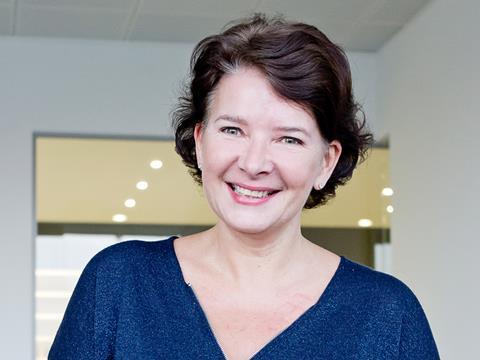
In the latest of our ongoing 'On Second Thoughts...' series, Jocelyne Ehret of TheRightPackaging.com tells us why reusable packaging is not automatically the most sustainable option.
First, before going any further, and because there are many different understandings, what is the meaning of reuse?
According to the DIRECTIVE (EU) 2018/852 of the European Parliament, “reusable packaging shall mean packaging which has been conceived, designed and placed on the market to accomplish within its life cycle multiple trips or rotations by being refilled or reused for the same purpose for which it was conceived”. In other words, if packaging is not especially designed for reuse or if it is reused for another purpose, it is not considered as reusable.
Why is this? Common sense would go in favour of reusable – but the reality in sustainable development is never so simple and several key parameters must be taken into consideration.
Reusable packaging could be the right or wrong choice, depending on the weight of packaging, the transport distance, the type of cleaning (industrial, dishwashing machine, handwashing) and the number of feasible reuse cycles before packaging breakage. However, reuse also depends on the environmental impact that we would like to minimize. Most of the published studies and research consider CO2 emissions or carbon footprint as the main criteria – but we must not forget the water footprint.
Water scarcity is a crucial element of sustainable design. Seasonal changes in water availability, long-term water shortages and unsustainable consumption of water create constraints in many geographical areas. Each raw material used to manufacture packaging has a specific water footprint. The water footprint of packaging raw material is an indicator of the appropriation of freshwater resources, measured in terms of amount of water consumed (blue) and polluted (grey). Green water footprint should be also measured for bio-based material (rainwater consumed by plant).
Let’s look at the two cases below:
When reuse doesn’t need any cleaning step:
For packaging, containers, or any items for which a simple visual inspection is necessary to prepare for reuse, you can reuse it as much as you can, and the benefit will be positive against a single-use material. In this case, transport distance will impact the CO2 emission and will be the main decisive factor when choosing between reusable and single-use.
When the reuse cycle requires a cleaning step:
For packaging or containers which need more than visual inspection and require a cleaning stage, the process steps need to be taken into consideration: rinsing, washing and consumption of detergent, water and energy. These steps as well as transport distance will impact the decision for reuse versus single use.
For these items, the minimum number of reuse cycles in order to create a genuine benefit can drastically increase; not so many companies look at it this way.
Between global warming and water scarcity, we need to find the right balance. A preliminary estimation can be made without launching a full LCA every time.
Let’s illustrate this issue with the following example to estimate the minimum reuse cycle, for the same product, of a reusable one-litre glass container against a single-use virgin PET container.
- Packaging virgin glass 0.813 kgCO2e/kg (source ADEME, scope Europe)
- Packaging virgin PET 3.270 kgCO2e/kg (source ADEME, scope France)
- Minimum reuses for CO2 emission benefit without transport = 5.
- Minimum reuses for CO2 emission benefit with transport = 7 (with 3.5 t van for 20 km); 16 (with 3.5 t van for 60 km) one way and return.
- Minimum reuses for water footprint benefit =180
The numbers above are based on CO2 emissions and water footprint of raw materials, transport type CO2 emission per km and per weight and cleaning step emissions per volume. It doesn’t include end of life (even if these two containers can theoretically be recycled).
In addition to the minimum number of reuses, it is important to know the tipping point regarding number of cycles before breakage (or any unrepairable damage) of the packaging to confirm the viability of the solution.
In conclusion, reuse yes, but not just anywhere and not just anyhow. Preliminary estimation of the number of reuse cycles for a net benefit in terms of CO2 emissions and water footprint should be done before scaling up any solution.











